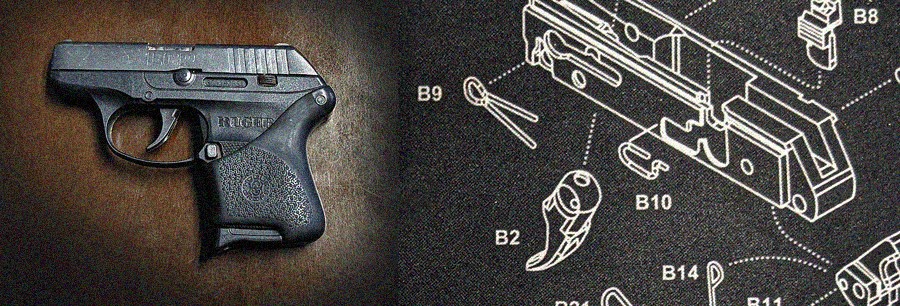The Ruger LCP has a long trigger pull of 0.75 inches, with firm stacking on the last 0.5-inches. It has a clean break and short reset. Although, the trigger is single-action and set after the slide cycle which causes the internal hammer to not be suitable for second strikers. Also, it requires less effort to rack it than other firearms similar to this model.
The trigger pull on a Ruger LCP (and most other handguns) is typically around 5-6 pounds. This means that the amount of force required to pull the trigger and discharge the weapon is 5-6 pounds.
How it works is relatively simple. There is a small metal bar or “finger” inside the trigger guard that comes into contact with your finger when you put your finger on the trigger. When you pull back on the trigger, this metal bar presses down on a spring-loaded firing pin, which in turn strikes a primer located at the base of the cartridge (ammunition). This primer then ignites the propellant inside the cartridge, and as Newton’s third law states, “for every action, there is an equal and opposite reaction.” In other words, the expanding gases from the ignited propellant push back against the bullet, causing it to be forced out of the barrel and towards the target.
Some points are explained here:

